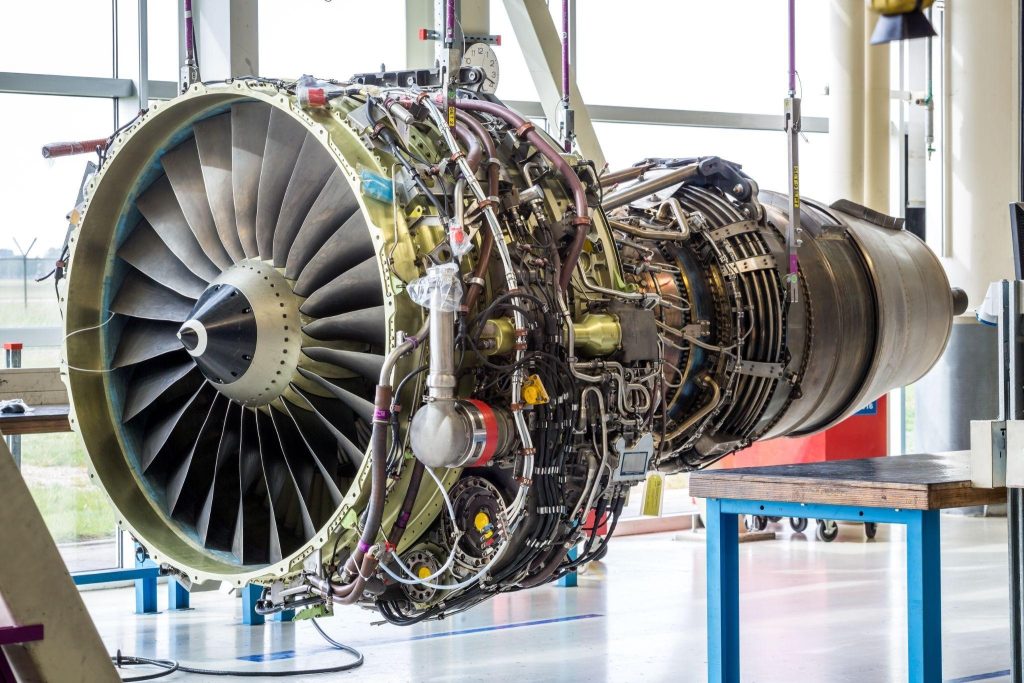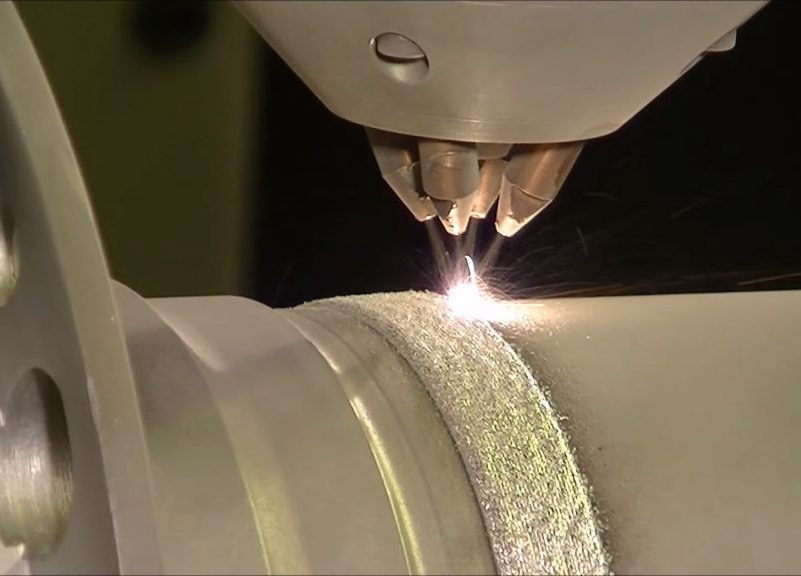Voting shortlists for the 2021 3D Printing Industry Awards are now open. Who do you think should receive top honors this year? Have your say now.
Interested in tuning in? The Youtube livestream link is also live, so viewers can now subscribe and set reminders to ensure they don’t miss out.
Industrial 3D printer manufacturer Optomec has sold another of its $1 million LENS Directed Energy Deposition (DED) systems to a long-term aviation customer.
While the client remains unnamed, it’s thought to have acquired the system to improve its position within the aircraft maintenance, repair, and overhaul (MRO) market, by optimizing the cost and flight-readiness of the turbines it produces.
“There are really three advantages to using the Optomec AM process for repairing turbine components,” said Optomec’s Jamie Hanson. “It saves time and cost relative to manual repairs. Secondly, it requires far less heat input, so the base metal is far less affected by the repair. Finally, because the adaptive AM process adds less repair metal, the downstream machining costs are drastically reduced.”

Optomec’s LENS technology
Based in New Mexico, Optomec specializes in the manufacture of DED and Aerosol Jet Printing (AJP) 3D printers, with the former proving particularly adept at addressing aircraft MRO applications. In essence, the firm’s LENS approach works by blowing metal powder through a nozzle, before melting it with a laser array into parts, in a process that’s ideal for adding material to existing conformal surfaces.
Over the last few years, Optomec has upgraded the capabilities of its technologies, first launching the LENS CS 600 and CS 800, then its CS250 and high-throughput HC-TBR 3D printers. The company has also improved the flexibility of its systems, introducing copper compatibility and aluminum 3D printing advances for its LENS machines, as well as rolling out robotic automation for its Huffman units in 2020.
In practise, these improvements have made Optomec systems a more attractive prospect to those seeking to enter the high-volume repair of turbine blades and vanes, and they have since found extensive defense applications. During the last 12 months alone, the company has been contracted by the US Air Force to identify jet turbine printing parameters, and develop a high-volume engine MRO 3D printer.
To highlight the potential cost savings of adopting LENS, the firm also launched a Return On Investment (ROI) assessment tool in June last year. The cost calculator is said to be capable of assessing the profitability of automated laser cladding equipment for individual clients seeking to switch to DED within gas turbine MRO.

Optimizing turbine repair
For likely NDA-related reasons, Optomec hasn’t named its latest buyer, but it has described the client as a “leading supplier,” in an aviation MRO market that it values at $37 billion. The customer is also known to be an existing adopter of Optomec systems, which already uses more than five of the 3D printers to repair the turbine parts housed within both aircraft engines and industrial gas turbines.
According to Optomec, its customer plans to utilize the adaptive software and on-the-fly laser power adjustment capabilities of its technologies, to precisely add metal to worn engine components. In doing so, the client aims to restore turbines to the specifications set out by their original manufacturers, in a way that interferes less with the properties of the metals printed onto, improving end-part quality.
It’s also believed that the move will allow this aviation supplier to combine two manual turbine repair processes into a single automated procedure, reducing its engine overhaul costs. The fitting of Optomec’s system, which is capable of repairing tens of thousands of turbines per year, takes its total MRO installations to 100, and it says the machines are now “the gas turbine industry’s gold standard.”

AM takes off in aircraft MRO
The potential of 3D printing for automating, accelerating and scaling the repair of aircraft engine turbine components, has increasingly seen the technology deployed in MRO within purpose-built facilities. Back in 2019, Etihad Engineering partnered with EOS and BigRep to open a new Abu Dhabi 3D printing complex, with the ambition of reducing the aerial vehicle downtime of parent firm Etihad Airways’ planes.
A few months earlier, Collins Aerospace Systems unveiled similar plans to establish an aerospace innovation hub in Singapore. Formally opened in February 2020, the complex, which is the firm’s first such facility outside the U.S, is said to have the 3D printing capabilities needed to create prototype parts and tooling, as well as ‘original equipment’ for client MRO.
Such automated cladding also holds significant potential within gas turbine repair, and according to a recent Optomec study, automated metal 3D printing could provide a 180% ROI to LENS adopters. Conducted by laser processing expert Terry VanderWert, the report used a range of quality, cost and in-depth ROI comparisons to conclude that DED is more cost-effective than manual blade and vane repair.
To stay up to date with the latest 3D printing news, don’t forget to subscribe to the 3D Printing Industry newsletter or follow us on Twitter or liking our page on Facebook.
For a deeper dive into additive manufacturing, you can now subscribe to our Youtube channel, featuring discussion, debriefs, and shots of 3D printing in-action.
Are you looking for a job in the additive manufacturing industry? Visit 3D Printing Jobs for a selection of roles in the industry.
Featured image shows a jet engine undergoing overhaul at an MRO facility. Photo via Optomec.



